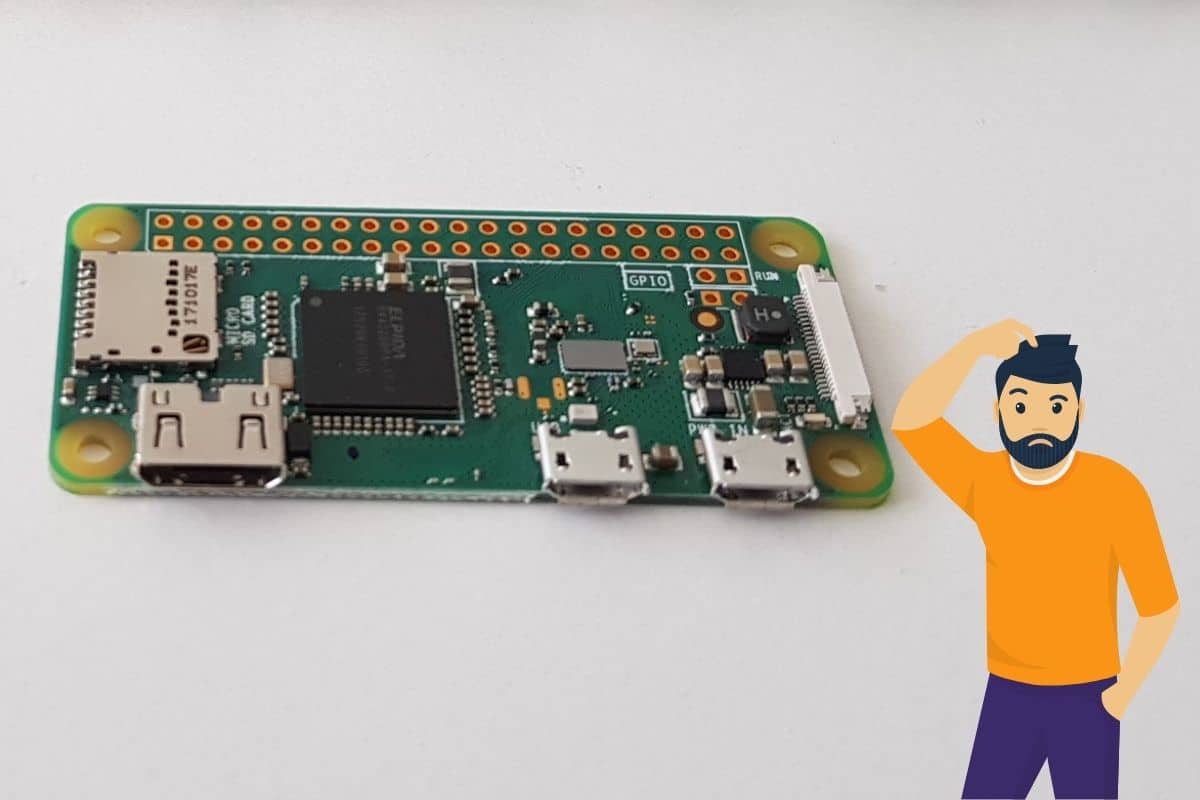

Plug in your keyboard and mouse into the hub.How do you know it’s a powered USB hub? Because you plug it into the wall If it’s not powered you won’t be able to use your keyboard and mouse at the same time (or at least I couldn’t!). Note that you’ll likely need a HDMI micro adapter Plug the Raspberry Pi Zero W into a TV.Here’s a good blog post on how to set it up but it assumes you’re not afraid to use SSH.Īlternatively, you can do what I’ve done: The Raspberry Pi Zero W is a bit of challenge to get setup. If you have a classic Pi plug the device into your local network. Setting up your Pi with Real VNC Step 1 - network access You can create an account have up to 5 devices for free, which means you can securely access the device from anywhere!.The catch is you must know the IP address the Pi sitting beside me on my desk) then there’s no cost and you can connect to many units. If you are devices on the same local network (i.e.The summary points which is great for us makers / Pi enthusiasts is: RealVNC - it’s a company that provides remote access software called VNC Viewer, available on Linux, Mac, Windows and more. We won’t be using SSH in this blog post but, if you pay attention, you’ll see where to easily activate it. This is great if you’re familiar with the command and happy to use ONLY the command line. In the Linux world you can remotely access systems via the command line.

Just want to stress: the ultimate solution we’ll be using is NOT RDP but, conceptually, it’s very similar. When I started searching I wanted an RDP-like solution. It’s how people in the Windows world remote access, say, a Windows Server. This computer is on - it’s running headless! The only hint it is on is the slight glow in the battery pack and a single LED on the Pi Zero W (currently hidden by the case). I find it can be a real pain having all that seperate kit just to use your Pi, especially when I have a really nice keyboard, mouse, screen, etc at my main PC. I like to run my Raspberry Pis in headless mode which means no keyboard, mouse or monitor. Can be a PC, Mac, Chromebook or device running Linux. A device you will use to remote into the Pi.Power supply or, if you have a Pi Zero W, perhaps a battery pack.Up to date version of Raspbian on the memory card.I’m using a Raspberry Pi Zero W, which has WiFi I use VNC Viewer to do it and I’ll show you how to do it! Prerequisites I would much prefer I remotely access my Pi from my main PC which has a large screen. I love coding on my Raspberry Pis but I don’t like having to plug in a separate monitor, keyboard, mouse, etc.


 0 kommentar(er)
0 kommentar(er)
